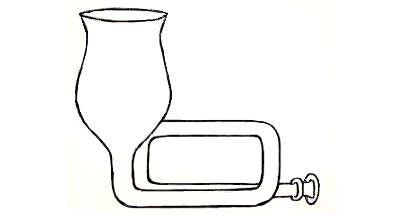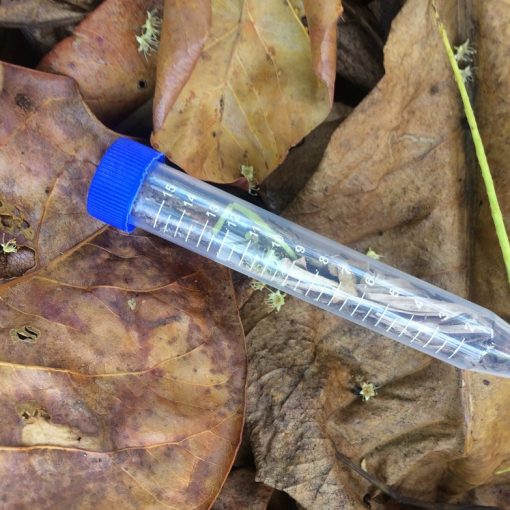Who is this for?
I’ve taken the effort here to compile as much information about the yeast/bugs I have gathered in order to aid the kind folks at Bootleg Biology in their quest to collect yeast from every zip code around the world. Theirs is a worthy goal and I hope to continue to aid them in this task.
| Source | Captured | City/ZIP | State/Province | Country | Fermentation Notes | Taste/Aroma Notes | Name (on vial lid) |
| Flowers and leafy material | April 2019 | Ao Sane Beach/83130 | Phuket | Thailand | Leaves and flowers and or fruit where added to a low gravity wort of 9°P (maybe hopped or unhopped). Grown in this manner twice then streaked onto a slant. | Musty and Earthy aroma (probably from leaves not yeast) | AS |
| Mango Steen (or something like it) | April 2019 | Phuket/83130 | Phuket | Thailand | same as above | none | MSF |
| Honey Bees | May 2019 | Xining/810007 | Qinghai | China | same as above | none | H2 |
| Open Air Capture under Hop plant | May 2019 | Xining/810007 | Qinghai | China | same as above | none | HOP |
| Rose pedals | May 2019 | Karamay/834000 | Xinjiang | China | same as above | none | KCR |
| Russian Olive leaves and fruit | May 2019 | Karamay/834000 | Xinjiang | China | same as above | none | KRO |
| Bumble Bee | June 2019 | Waterloo/50702 | Iowa | USA | same as above | none | BWI |
| Bees near clover and raspberry bushes | Fall 2019 | Cimarron/81220 | Colorado | USA | same as above | none | BCRC |
| Acorns | November 2019 | Whitney/76692 | Texas | USA | See notes below for details on propagation | See notes below | A |
| Osage Orange | November 2019 | Whitney/76692 | Texas | USA | same as above | same as above | OO |
| Open air capture near Nan Jing Plum hedge | March 2020 | Olathe/81425 | Colorado | USA | same as above | same as above | NJP |
Acorn and Osage Orange
When I started these I thought I was being clever, and so decided to use the “Yeast Bootcamp” method talked about on Milk the Funk. The method is no doubt solid. But my goal was not to isolate strains (myself) to brew with but to brew 1 gallon test batches with the mixed cultures.
Process
Each element was added to a low gravity wort of 9.62°P with yeast nutrient. No airlock was used. Ambient temp was 25 C. Both showed signs of active fermentation after 12 hours. Day three activity had slowed and by day four no activity was visible.

Day Four of Fermentation
Osage Orange was at 2.57°P and the aroma was fruity
Acorn was at 3.29°P and the aroma was quite similar to a Belgian Saison fermentation
The Next Step
Both got stepped up with 500mls of low gravity starter of 9°P.
After those starters where complete, I brewed some of Drew Beecham’s Saison Experimentale. Each culture got pitched into 1 gallon of wort. The resulting beer was bottled and is being enjoyed.

Tasting Notes
Acorn: very much a “saison”. Spicy and phenolic. Keeps me going back for another sip. Intriguing. No citrus/lemon like some saisons.
Osage Orange: Much “cleaner” than the acorn. pear/fruity. doesn’t get in the way. This one, simply put, tastes like beer.
I would brew with each one of these again. I was very surprised and impressed with how great the resulting beer is. As is evident from my descriptions, I would benefit from some sensory analysis training.

Nan Jing Plum (NJP)
For this one I used a method described by Brian at Sui Generis. Approximately 500mls of wort at 8-10°P, pre-acidified to a PH of 4.5, and unhopped was added to a mason jar and set outside for the night. The temp that night was around 55F (12.7C). After collection I placed an airlock on the jar and let it go for about 4 weeks.
After four weeks I set the yeasties to work on a 1 gallon batch. After another four weeks or so they its in bottles and will be enjoyed in a week or two.
*I have not taken FG readings for any of these beers (that’s my little disclaimer).
If anyone actually reads this crappy blog feel free to comment!





